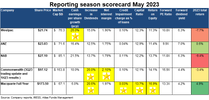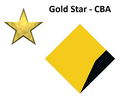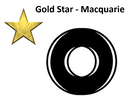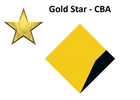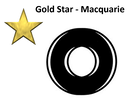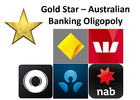- Joined
- 2 February 2006
- Posts
- 14,009
- Reactions
- 2,891
Credit Suisse Australia
 www.credit-suisse.com
www.credit-suisse.com

 www.dailymail.co.uk
www.dailymail.co.uk
The UK's FTSE 100 index falls 3.8% affected by falling Bank shares.
Australia
Our integration with UBS is well under way. While we finalize the integration of our systems, please click on the relevant link below to continue your journey with us.

How American bank collapses could affect Australia
The collapse of California's Silicon Valley Bank is being compared to the downfall of Lehman Brothers in 2008. A banking veteran has explained how Australia is affected.
The UK's FTSE 100 index falls 3.8% affected by falling Bank shares.



